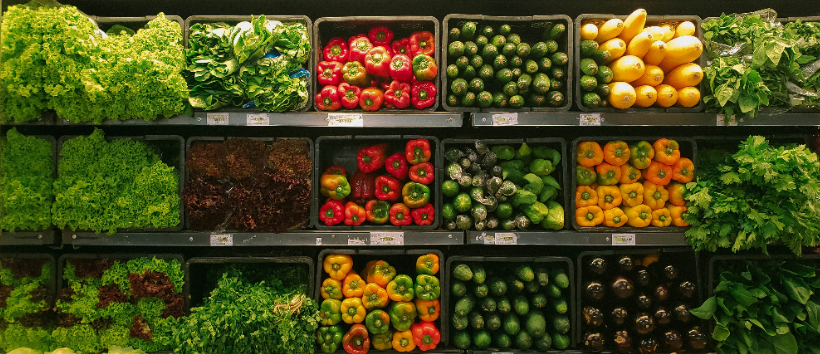As the mother of a six-month-old, the daughter of two parents in the at-risk age group, a certified ServSafe food safety instructor, and an employee at Operation Food Search, where we distribute food to 200,000 people every month, food safety is at the forefront of my mind. Many people, including myself, have been uncertain about the safety of the food we consume during this trying time. So, I am happy to report some good news: there is currently no evidence that COVID-19 has spread through food or food packaging.
How is COVID-19 spread?
The USDA states COVID-19 is thought to spread mainly from person to person through respiratory droplets that can land in the mouths or noses of people who are nearby. It is also possible that the virus spreads from touching recently contaminated surfaces and then touching your own mouth, nose or eyes. This is why social distancing and hand washing is so important. More information about how the virus spread is available from the CDC.
How long does the virus stay on contaminated surfaces?
A study published in the New England Journal of Medicine tested how long the virus can remain stable on different kinds of surfaces within a controlled laboratory setting. They found it was still detectable on copper for up to four hours, on cardboard for up to 24 hours, and on plastic and steel for up to 72 hours. It is important to note that the amount of virus decreased rapidly over time on each of those surfaces. So, the risk of infection from touching them decreases over time from initial contamination, and other environmental factors may play a role as well.
How do I avoid touching potentially contaminated surfaces?
Avoiding all surfaces is not very realistic. A good rule of thumb is to treat anything that comes into your home from outside (such as food, mail, packages, etc.) as potentially contaminated. Wash your hands after touching these things, transfer items to clean containers and/or sanitize packaging when possible, and wash your hands before, during, and after cooking. And stop touching your face!
Can I get COVID-19 from touching or eating potentially contaminated food?
According to multiple health and safety organizations (such as the CDC, the USDA, and the FDA), there is currently no evidence the virus has spread through food or food packaging. The spread pattern of COVID-19 does not follow the pattern of typical foodborne illness outbreaks, which is when two or more people get sick from eating the same contaminated food or beverage. Furthermore, the fact that we all eat multiple times a day and there is still no link found, is strong evidence, in my mind, that no such link exists.
Still not convinced?
Even if someone sneezes directly onto your food, as gross as it sounds, it’s unlikely to get you sick. This study explains that respiratory viruses reproduce along the respiratory tract—a different pathway than the digestive tract food follows when you swallow it. And while you might say you just inhaled that meal, it’s more likely you chewed and swallowed it. We are protected from infection from respiratory viruses when eating through saliva, chewing, and swallowing. To further minimize risk, use clean silverware, avoid touching other parts of your face while eating, and wash your hands both before and after eating. If you are still concerned, this study suggests that reheating cooked food before consuming it can destroy the virus at 149 degrees F for at least three minutes.
How can I stay safe when grocery shopping?
Since the virus is most readily spread from person to person, the first way to stay safe is to shop at off-peak hours to avoid crowds and keep your distance from others while shopping. Make a shopping list before you go to limit your time spent in the store. And, as always, do not touch your face or personal items (such as your cell phone) when shopping, and wash your hands when you get home. If possible, use hand sanitizer after leaving the store and before touching the door to your car or home. More information from the FDA here.
Can I sanitize my fresh produce?
As long as you are following proper food preparation procedures at home (clean, separate, cook, and chill), the risk from getting COVID-19 through produce that other people have touched is minimal. Clean water is really the only safe method for washing produce and has been found to be effective at removing microbes and pesticides. Any chemicals used to clean produce can leave a residue and potentially make people sick from the toxic chemicals. It is always important to wash hands properly before handling food, as well as both before and after eating. The FDA put some tips together for washing produce here.
Stay safe and feel good about the fact that you can enjoy your food without worrying too much about COVID-19.
Written by: Carmen Berry, MPH, RD, LD – Manager of Nutrition Education Programs
Information up to date as of April 2020
